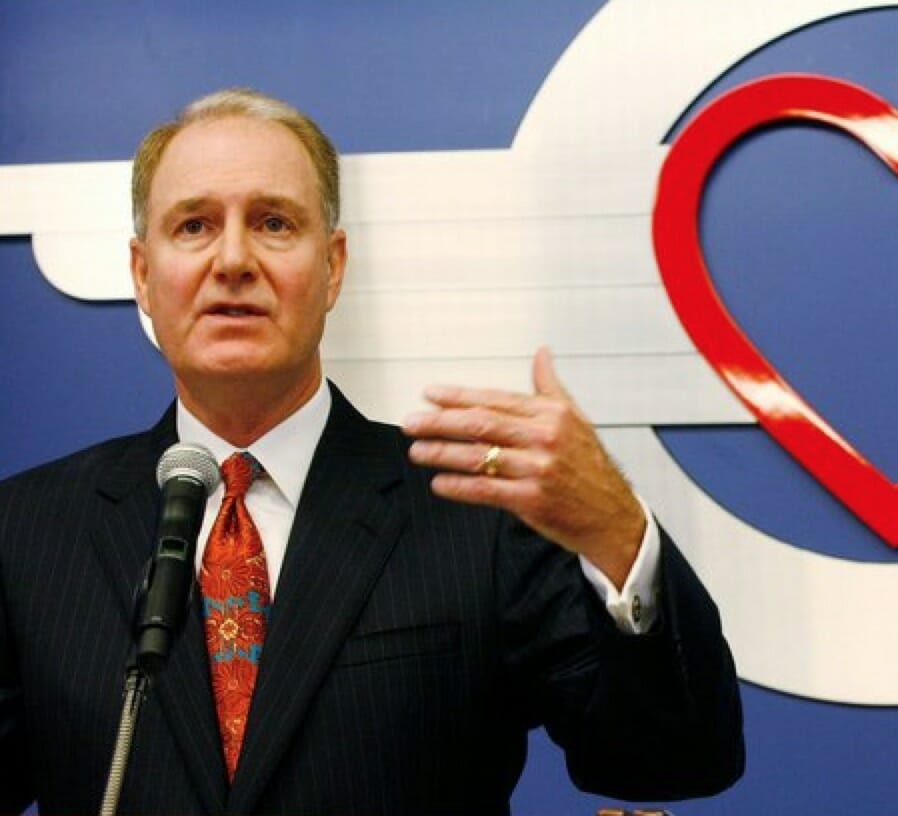
Gary Kelly
Several airline executives, including Gary Kelly of Southwest Airlines, have said they believe it is safe to fly during the current epidemic. “I don’t think the risk on an airplane is any greater risk than anywhere else, and in fact, you just look at the layered approach that we use. It’s as safe as an environment as you’re going to find,” he said on CBS Face the Nation.
Airliners are equipped with HEPA filters that are higher rated than those used in hospitals to provide passengers with clear air. But have the risks been eliminated?
Subscriber content – Sign in [maxbutton id=”1″ ] [maxbutton id=”2″ ]




